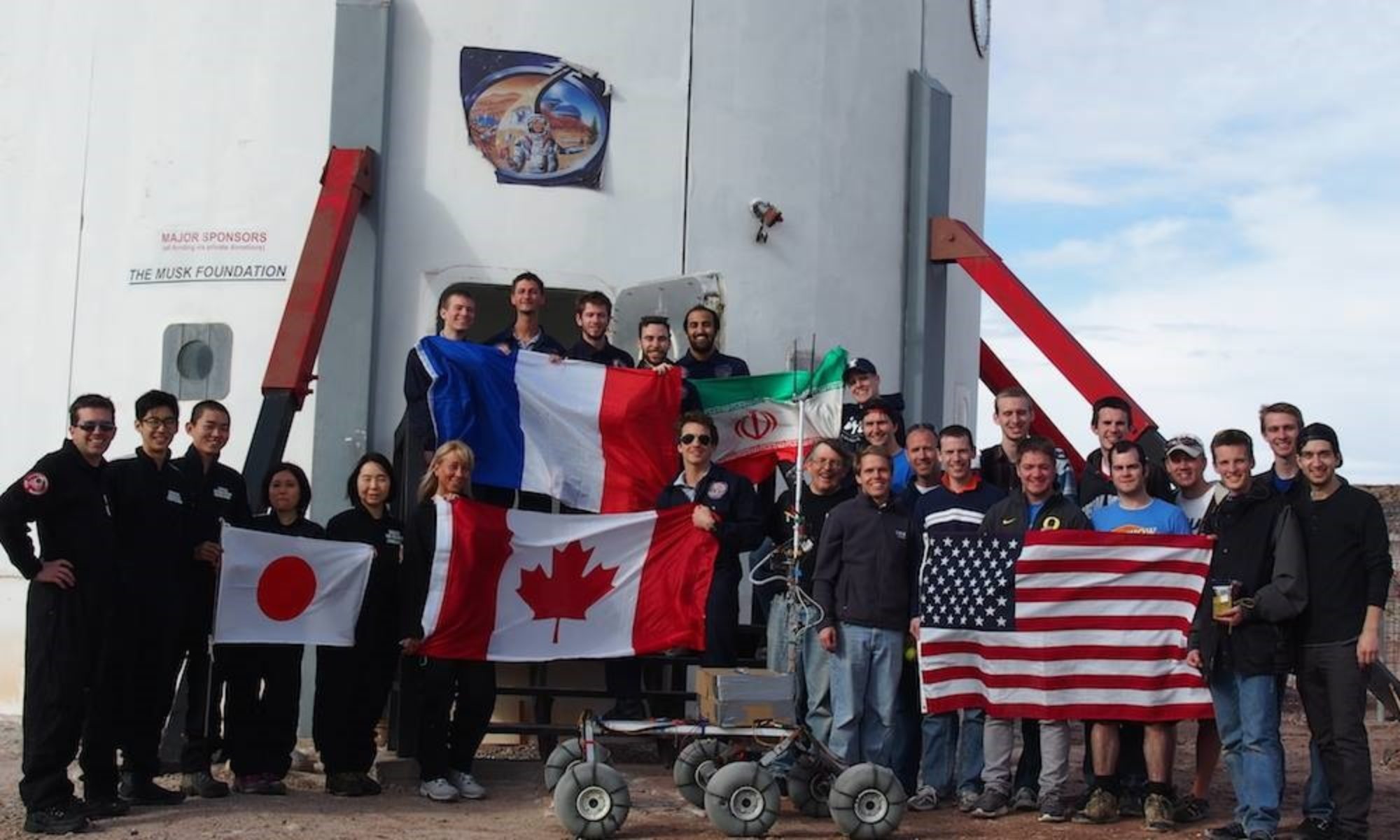Crew 261 Journalist Report 07-05-2023
Author: Kris Davidson, Crew Journalist
In this fast-paced world, we often find ourselves part of a tribe ceaselessly seeking motion. We race against the invisible foe of time, relentlessly pursuing productivity, success, and ambition. However, deep within our bodies, our very marrow whispers a secret truth: to truly thrive, we must surrender to the transformative power of rest.
At the midpoint of their mission, the Sol 7 Transatlantic Mars Crew consciously chose to pause. With no EVAs on the agenda, the team dedicated this Sol to rest and reflection, allowing for an evaluation of the mission’s progress thus far and attending to personal chores, such as laundry, which had been neglected.
Sol 7 was also designated as the evaluation day for Medical Officer Audrey Derobertmasure’s PASKAL experiment, an endeavor designed to explore the viability of microsampling capillary blood and urine during a Mars analog mission. This biological sampling technique, based on dried matrices like dried blood spots (DBS) and dried urine spots (DUS), seeks to address some of the medical challenges astronauts face during extended space expeditions. By providing an easy and quick monitoring method, the experiment aims to address the increasing susceptibility to acute and chronic cardiovascular deconditioning experienced by astronauts as flight durations exceed six months.
The experiment required the crew to abstain from caffeine for 24 hours, a task best suited for a more tranquil day. Greenhab Officer Cécile Renaud harvested mint and thyme to be infused in a refreshing tea for this caffeine-free period. The crew sipped the tea as they collaborated to complete an array of reports.
The Transatlantic Mars Crew 261 has also built in a sharing time at 1700 on most sols, during which a crew member will informally present MDRS work or other related projects. Despite being scheduled, these presentations offer an expansive openness, fostering deeper understanding and connections among crew members. Commander Burk recently shared the Mars VR project with the crew. On Sol 7, Crew Journalist Kris Davidson presented her personal artwork, which explores storytelling across time.
The crew’s deliberate pause for rest and reflection serves as a reminder of the importance of balance in our lives. By making space for introspection and personal growth alongside their work, the crew demonstrates the value of nurturing both mind and body in the pursuit of success. This lesson transcends the Martian habitat, resonating with all those striving to thrive in our fast-paced world. In embracing periods of rest, we can more fully engage with the challenges and opportunities that lie ahead.

